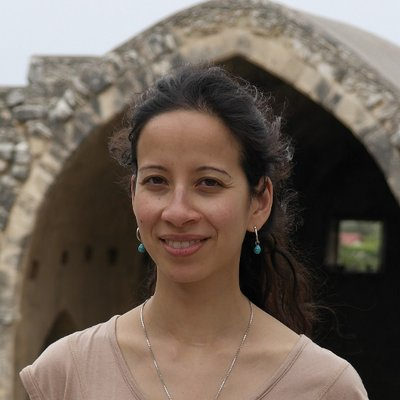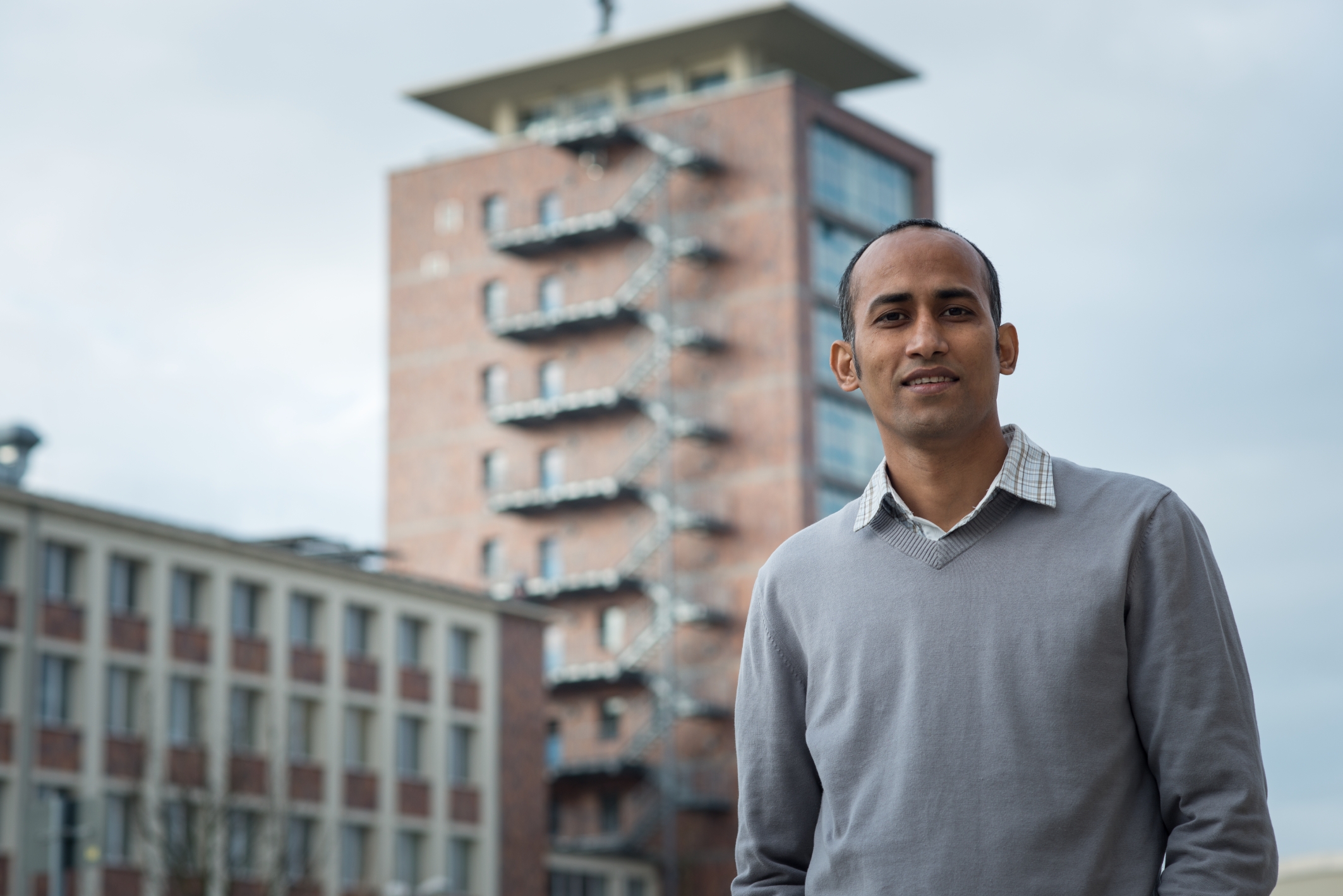Mechanistic Water Quality Model Development
Project within IP Catchment Dynamics
Scope and Mission
“Germany may have to pay €850,000 per day for exceeding EU nitrate levels” (EURACTIVE.de, 2019). “German farmers set bonfires across the country in protest at being 'ignored' in climate drive” (The Telegraph, 2019). “Most of Europe's rivers and lakes fail water quality tests” (The Guardian, 2018). These headlines show that while our cultivated landscape relies on the use and management of water resources, human activities such as the widespread application of commercial fertilizers and pollution from urban wastewater have negative impacts on our water resources. This can, for example, result in high nitrate concentrations in groundwater as well as algae blooms in fresh waters and coastal zones leading to ecosystem degradation. Hence, it is vital to improve our understanding of how humans impact water quality in order to derive efficient strategies for sustainable land use and water management. To achieve this, we work on developing and applying a mechanistic, yet parsimonious model to provide reliable predictions of future water quality in Germany and Europe under various hydroclimatic and land use scenarios. This requires, among other things, robust parameterization and regionalization schemes, which will enable us to use the model under different conditions and with varying degree of data availability.
Methods
The starting point of this project was the development of a distributed nitrate transport model (Yang et al. , 2018), which is mainly based on the hydrological components of the
mHM model
and the description of nutrient turnover from the semi-distributed water quality model HYPE (Lindström et al., 2010). In the current model development, the main focus lies on nitrate modelling, but extension to other nutrients and pollutants is envisaged. We are currently further improving the modeling components by accounting for a hydrologic legacy behavior through incorporation of transit time distributions into the description of subsurface transport and transformation (see, e.g., van der Velde et al., 2010). In addition, insights from
data-driven research within this IP
inform the model implementation of nitrate turnover processes and transport pathways.
The model implementation utilizes an extensive Germany-wide dataset of nitrogen input to the terrestrial and aquatic environment from agriculture, atmospheric deposition, biological fixation and waste water treatment plants. Evaluation of the model conceptualization and parameterizations is a continuous and ongoing effort using, for example, monitoring data from state water authorities and long-term observatories such as TERENO as well as various studies within this IP . Moreover, the model development and evaluation directly benefits from findings of the PhD colleges inSTREAM and DYNAMO within the UFZ research unit Water Resources and Environment.
Outcomes and Outreach
The results from this project are intended to foster the dialogue within the scientific community as well as with stakeholders. The model will provide spatially and temporally resolved simulations of nitrate concentrations in both in-stream and terrestrial catchment compartments such as soil or groundwater. This will allow providing maps, for example, of groundwater bodies at high risk of long-lasting nitrate pollution or river reaches that might frequently exceed critical environmental concentrations of nutrients. Simulation of land-use scenarios will help identify adequate locations and measures for efficient land-use management to reduce nitrate pollution. Finally, scenarios of future climate will project how nitrate pollution might change in response to changing hydroclimatic conditions (e.g., more frequent storm events).
References
EURACTIVE.de (2019). “Germany may have to pay €850,000 per day for exceeding EU nitrate levels”, last modified on 31 July 2019 by F. Schulz.
Lindström, G., Pers, C., Rosberg, J., Strömqvist, & J., Arheimer, B. (2010). Development and test of the HYPE model, Hydrology Research, 41.3–4, doi:10.2166/nh.2010.007.
The Guardian (2018). “Most of Europe's rivers and lakes fail water quality tests”, last modified on 3 July 2018 by A. Neslen.
The Telegraph (2019). “German farmers set bonfires across the country in protest at being 'ignored' in climate drive”, last modified on 7 December 2019 by J. Luyken.
van der Velde, Y., de Rooij, G. H., Rozemeijer, J. C., van Geer, F. C., & Broers, H. P. (2010). Nitrate response of a lowland catchment: On the relation between stream concentration and travel time distribution dynamics, Water Resources Research, 46, doi:10.1029/2010WR009105.
Yang, X., Jomaa, S., Zink, M., Fleckenstein, J. H., Borchardt, D., & Rode, M. ( 2018). A new fully distributed model of nitrate transport and removal at catchment scale. Water Resources Research, 54, 5856– 5877, doi:10.1029/2017WR022380.
Contact

|
Dr. Stefanie R. Lutz |

|
Dr. Rohini Kumar Department Computational Hydrosystems (CHS) UFZ Leipzig rohini.kumar@ufz.de |
